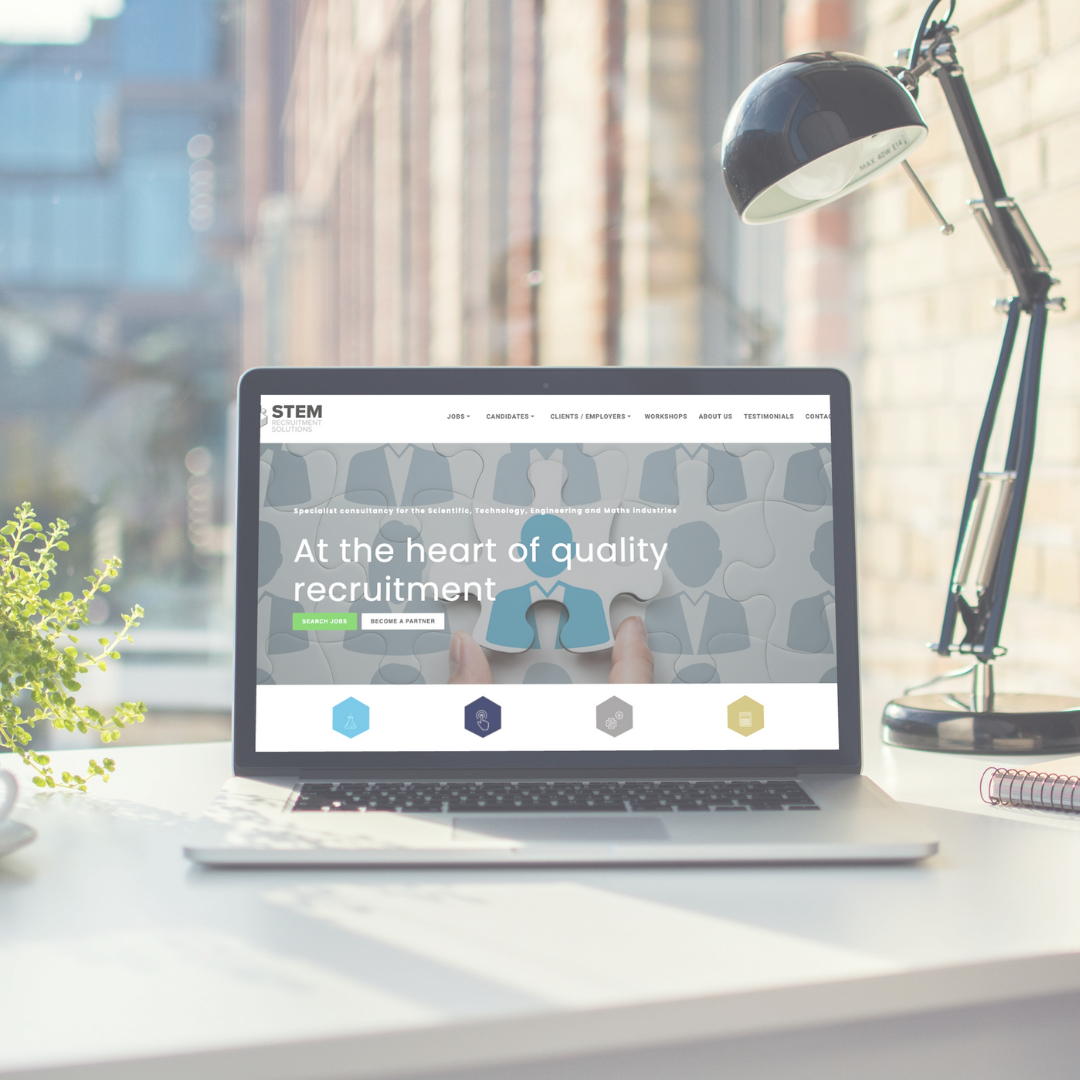Getting your first job following education can be intimidating. Why would any of these successful and influential companies want to hire me? It’s easy to forget that employers want to hire graduates; we are eager to learn and pick-up new skills; the things we learnt are fresh in our minds; and we do not have any bad habits. So how do we get these companies to notice us in a sea of fresh graduates all foaming at the mouth for their first wage? In this blog I have identified 6 key steps which help you bag your dream job.
- Internships and Placements
Although not everyone is in a position where they can justify completing a low paying internship; if it is something you can sustain, it will really impress an employer as you are being pro-active in expanding your skillset. If you are fortunate enough to be offered a placement throughout your studies, do not turn it down! Having experience in the field will put you head and shoulders above others when applying for a graduate role. During your placement or internship make sure to:
-
- Impress your supervisor and ask them if you can use them as a professional reference
- Write down all the machinery, equipment, techniques, and software you used to include in your CV
- Reach out to them to see if they are hiring when you begin applying for jobs – placements/internships are a great way to get your foot in the door
- Networking
Networking can benefit you in your job search and helps you make more contacts within the field who can provide you with information and advice. Networking can be done in numerous ways, however, the easiest and most common form of networking is done through social media such as LinkedIn and Twitter. A simple way of gaining contacts within a similar industry is to search companies you are attracted to and add people who work in a role that you might be interested in. Once you are connected to these people you can see what they had done before taking on this role – where they worked, what they studied at university etc. You can also use social media to connect with people who work within recruitment, wether this be a recruitment agency (like us at STEM Recruitment Solutions) or company hiring managers. Networking can also be done throughout your time at university by getting to know your lecturers and attending job fairs.
- Deciding which role is right for you
It can be difficult to decide which path in STEM you would like to go down when you leave higher education. First you must identify what is truly important to you when looking for a job. Do you have kids and want to be able to work form home? Do you want to work shifts to beat the traffic where you live? Do you just want a high salary and will do any work? Regardless of your answers to these questions, it is important to take a step back and analyse what you enjoyed and did not enjoy during your studies. It is easy to be sucked into applying to any job you qualify for, however, what is the point if you are not going to love it? I myself studied forensics and pharmaceutical chemistry at university, and after 5 years of hands-on laboratory experience, I realised that lab work wasn’t for me, and so I began looking for a customer facing role. If you are happy in your job, you are more likely to excel!
- Your CV and Cover Letter
What to include
Writing your CV is often the hardest part of finding a new job as selling yourself to an employer can feel unnatural and embarrassing. It is challenging to identify the skills you have that are useful to the job you are applying for, but altering the phrasing of your experience to make your CV stand out is simple! ‘I worked in a cafe when I was at uni’, does not sound very impressive. However, ‘Alongside my studies I was responsible for caring for up to fifty customers at one time, whilst providing excellent customer service and processing payments correctly.’ No matter how irrelevant or unrelated you think your previous work experience is, you will have gained skills employers look for in any role, for example, time-management, team work, leadership and problem solving.
The Format
The format of your CV is important to ensure you are providing employers with the necessary information to offer you an interview, without bombarding them with a sea of words and images. Templates with extensive colours and structuring (no matter how pretty they look) will only distract the reader from what you have written. Instead, use a simple template and create lists with bullet points – avoiding long and wordy paragraphs. There are many simple templates available on Microsoft Office Word. This can be downloaded for free through your universities email address here.
Cover Letter
When a cover letter is written correctly it can make you stand out significantly during the hiring process. A cover letter should be addressed to the hiring manager and should be written in a letter format. Before writing a cover letter you should read the job advert you are applying to and write down the key skills they require successful candidates to have. For example, if a role requires an MSc, you should include a brief description of your final project and the grade you received. The qualities a successful employee will have are included in a job advert – such as hardworking, a team player and self-motivated -, these are ‘key words’ and should also be included when you are describing your work ethic. You should finish your cover letter by stating when you are available for an interview in the coming weeks and how they should contact you.
- Interviews
Preparing for an interview can seem a daunting challenge, however, this is your time to impress an employer and show them what you can bring to the company!
Here are some key points to consider when preparing for an interview:
- Research the company and its products
- Be nosey – look up your interviewer on LinkedIn and find out what their background is so as you can talk to them about it
- Ask the dress code prior to your interview
- Write down 10 scenario questions in the STAR format and memorise them before your interview. Examples of the STAR format can be found here and scenario questions here
- Don’t be embarrassed to take notes into your interview to ensure you don’t forget anything; employers will be impressed that you have prepared beforehand!
- Make sure to ask questions at the end of the interview (I would suggest 3-5). This shows that you are interested in the job and would like to know more
Due to COVID-19 many interviews are now done over teams and zoom. If this is the case, make sure to download the relevant app on your laptop AND your phone – technology can be temperamental, and you always want to have a backup if there are any issues. Ensure your background is clean and bright so as not to distract the interviewer. If you are fortunate enough be offered an in-person interview, make sure to arrive 10-15 minutes early so as you have time to read over your notes a final time before your interview starts.
- Dealing with rejection
If at the end of the application process you have been successful, congratulations! However, if you have not been successful in this scenario, you have still gained interview experience and now your next interview will not be as nerve-racking. Following a rejection make sure to ask the person who interviewed you/ your agency for feedback to help you improve for your next interview – sometimes there is just someone who has more experience than you. Regardless, getting to the interview stage amongst hundreds of applications is an achievement and you are another step closer to bagging your dream job!
Remember the only thing standing in the way of you and a job in STEM is yourself.
Good luck!
Megan McLean
Scientific Consultant
megan.mclean@stemrecsolutions.co.uk



